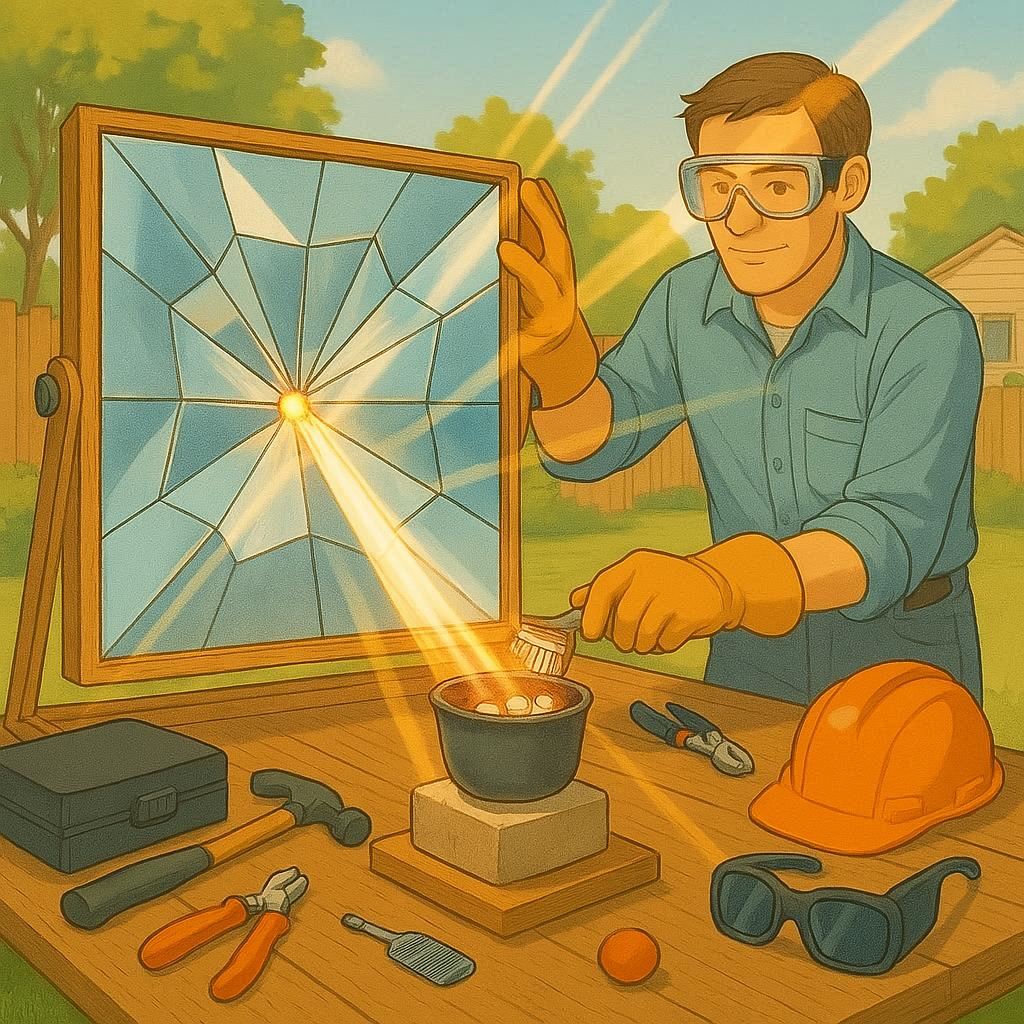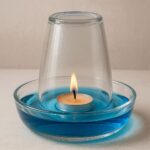Imagine a simple yet fascinating experiment: placing slices of butter on different materials and observing which one melts the fastest. This fun activity, often referred to as the ‘Melting Butter Race,’ offers a hands-on way to explore the concept of heat absorption and thermal conductivity. But why does this matter? Understanding how different materials interact with heat is crucial in various fields, from construction to electronics, and even in everyday household items. In this blog post, we’ll delve into the science behind heat absorption, compare various materials, and discuss the practical implications of this concept.
What is Heat Absorption?
Heat absorption refers to the ability of a material to absorb and retain heat energy. When a material absorbs heat, its temperature rises, and the energy is distributed throughout the material. The rate at which a material absorbs heat depends on its thermal conductivity, which is a measure of how well a material conducts heat. Materials with high thermal conductivity, like metals, tend to absorb and transfer heat quickly, while materials with low thermal conductivity, such as plastics or wood, absorb heat more slowly.
In the context of the melting butter race, the material with higher thermal conductivity will cause the butter to melt faster because it transfers heat more efficiently to the butter. Conversely, materials with lower thermal conductivity will result in slower melting times.
The Melting Butter Race Experiment
Materials Needed:
- Slices of butter (preferably of uniform size and shape)
- Various materials for testing (e.g., aluminum foil, copper sheet, plastic, wood, glass, steel, fabric, or any other materials you have on hand)
- A heat source (e.g., a sunny windowsill, a warm room, or a heating pad set to a low temperature)
- Stopwatch or timer
- Thermometer (optional)
Steps to Conduct the Experiment:
- Prepare the Butter Slices: Cut the butter into slices of equal size and shape. Ensure they are all the same thickness to maintain consistency in the experiment.
- Set Up the Materials: Place each slice of butter on a different material. Make sure the materials are clean and dry.
- Apply Heat: Place all the materials in the same heat source. If using a heating pad, set it to a low temperature to avoid melting the butter too quickly.
- Monitor and Record: Use a timer to record how long it takes for each slice of butter to melt completely. If using a thermometer, measure the temperature of the materials at intervals to observe how they change over time.
- Analyze Results: Compare the melting times and note any differences. Discuss why certain materials caused the butter to melt faster or slower.
Understanding Thermal Conductivity
Thermal conductivity is a key factor in determining how efficiently a material transfers heat. It is measured in watts per meter per kelvin (W/m·K). Materials with high thermal conductivity, such as copper and aluminum, are excellent heat conductors, while materials like plastic and wood have low thermal conductivity and are considered insulators.
High Thermal Conductivity Materials
- Copper: Known for its excellent thermal conductivity, copper is widely used in cookware and electrical wiring.
- Aluminum: Another good conductor of heat, aluminum is commonly used in kitchen utensils and appliances.
- Steel: While not as conductive as copper or aluminum, steel is a good conductor and is often used in construction and cookware.
- Brass: A combination of copper and zinc, brass is a durable and efficient conductor of heat.
Low Thermal Conductivity Materials
- Plastic: Poor conductor of heat, often used in insulated containers and handles.
- Wood: A natural insulator, wood is used in cutting boards and furniture where heat retention is not desired.
- Fabric: Depends on the type, but most fabrics are poor conductors of heat, making them suitable for clothing and insulation.
The Role of Color and Surface Area
In addition to the material itself, the color and surface area of the material can also influence heat absorption. Dark-colored materials tend to absorb more heat than light-colored materials because they have a lower albedo (solar reflectivity). For example, a dark-colored metal plate will absorb more heat from sunlight than a light-colored one.
Surface area also plays a role in heat absorption. A material with a larger surface area in contact with the heat source will generally absorb heat more efficiently. For instance, spreading the butter over a larger area on the material will cause it to melt faster than if it were concentrated in one spot.
Practical Applications of Heat Absorption
Understanding heat absorption is not just fun for experiments; it has real-world applications that impact our daily lives and the products we use.
1. Cookware and Appliances
Cookware made from materials with high thermal conductivity, such as copper or aluminum, heats up quickly and distributes heat evenly, making cooking more efficient. On the other hand, materials with low thermal conductivity, like silicone or plastic, are used for handles and spatulas to prevent burns.
2. Building Insulation
Insulation materials like foam, fiberglass, and wood are used in buildings to reduce heat transfer. This helps maintain a consistent indoor temperature, reducing the need for heating and cooling.
3. Electronics
Electronic devices generate heat, and proper heat management is crucial to prevent damage. Materials with high thermal conductivity are used in heat sinks and cooling systems to dissipate heat efficiently.
4. Clothing and Textiles
The choice of fabric in clothing is influenced by its thermal properties. Materials like wool and fleece are good insulators and are used in winter clothing, while materials like cotton and linen are better at absorbing and releasing heat, making them suitable for summer wear.
Conclusion
The melting butter race is more than just a fun experiment; it offers a hands-on way to explore the principles of heat absorption and thermal conductivity. By comparing how different materials interact with heat, we can gain a deeper understanding of the properties that make them suitable for various applications. Whether it’s in cookware, building materials, or clothing, the ability of a material to absorb and conduct heat plays a crucial role in its functionality.
Next time you’re in the kitchen or working on a project, take a moment to think about the materials you’re using and how their thermal properties might be influencing their performance. Who knows, you might just inspire the next breakthrough in material science!
If you try the melting butter race experiment, share your results in the comments below! Which material caused the butter to melt the fastest, and why do you think that happened?



